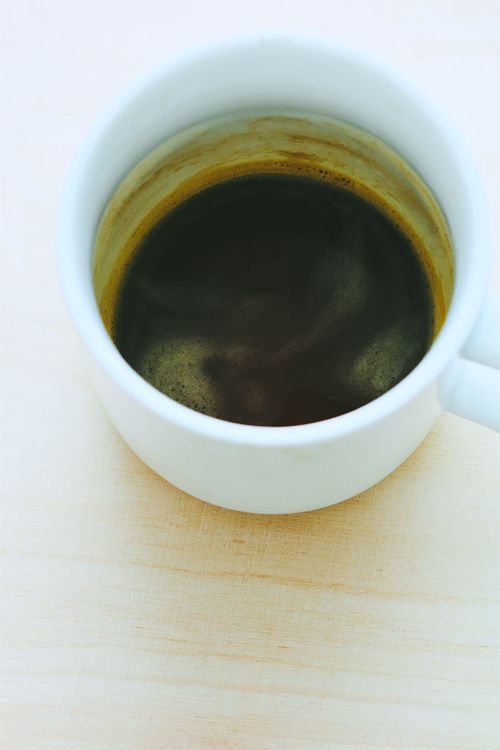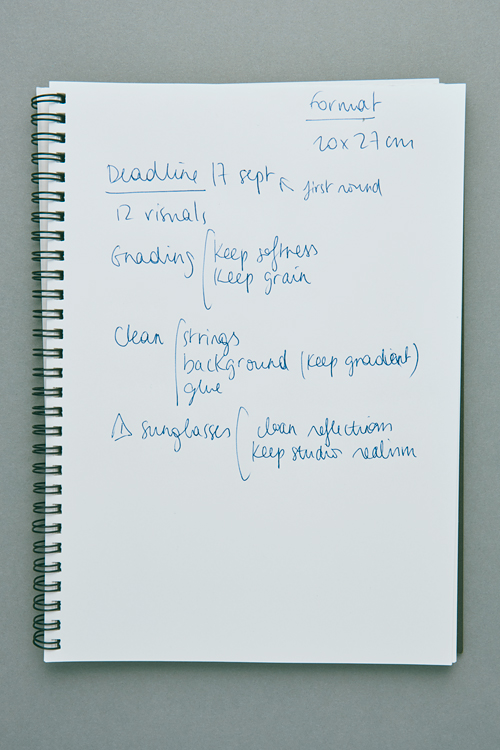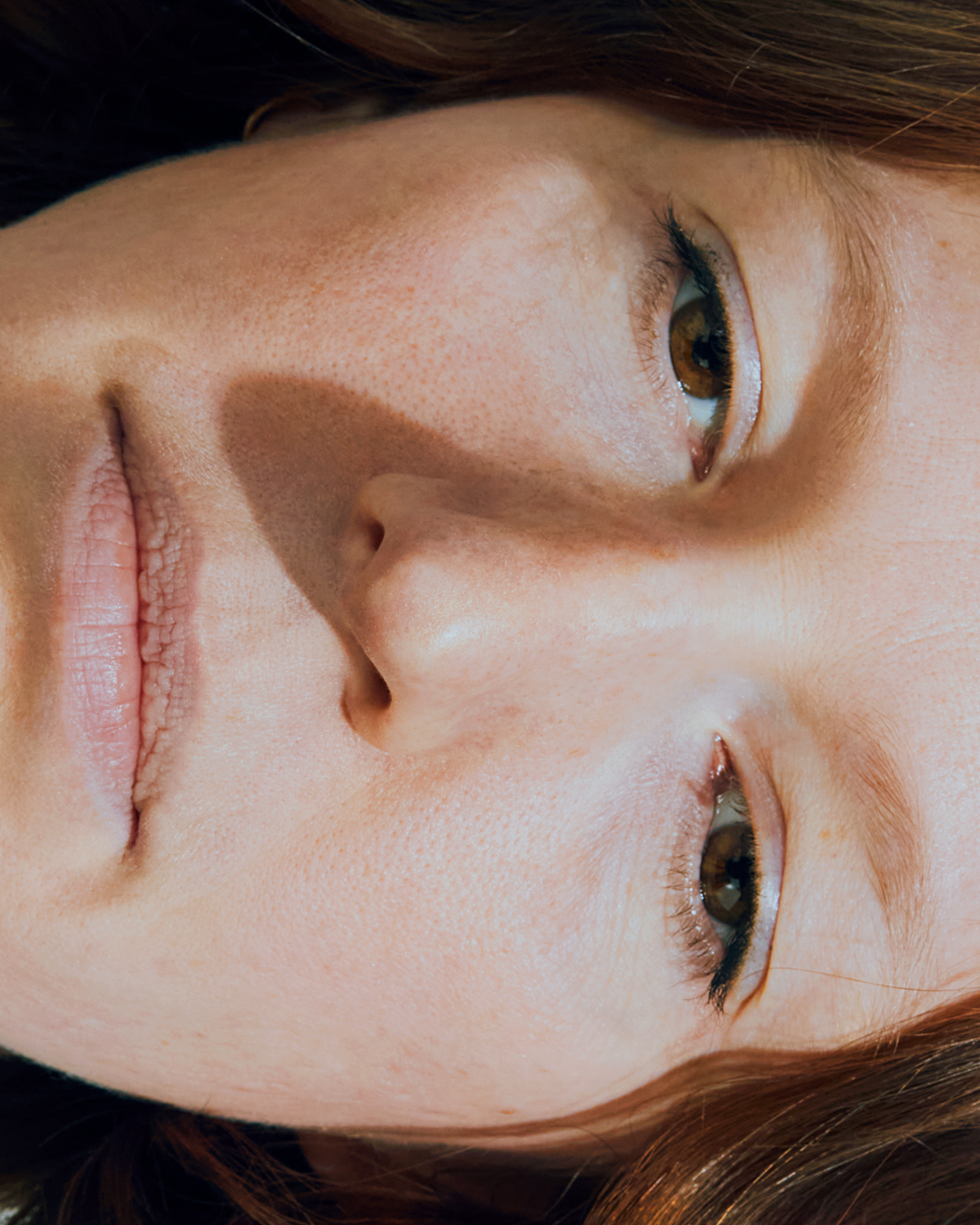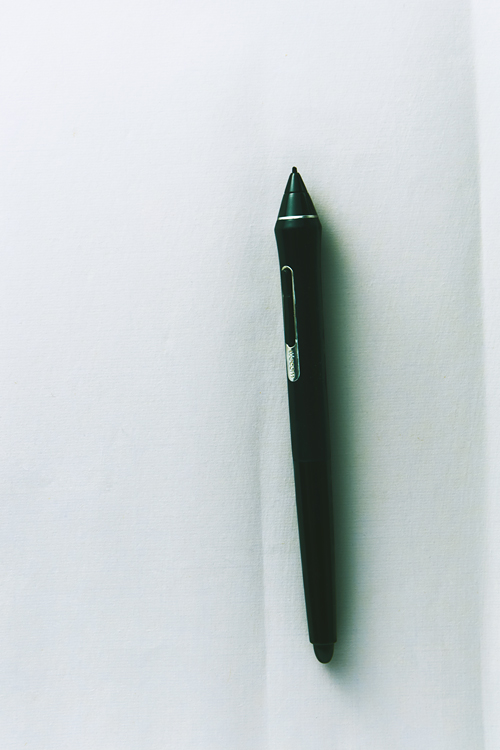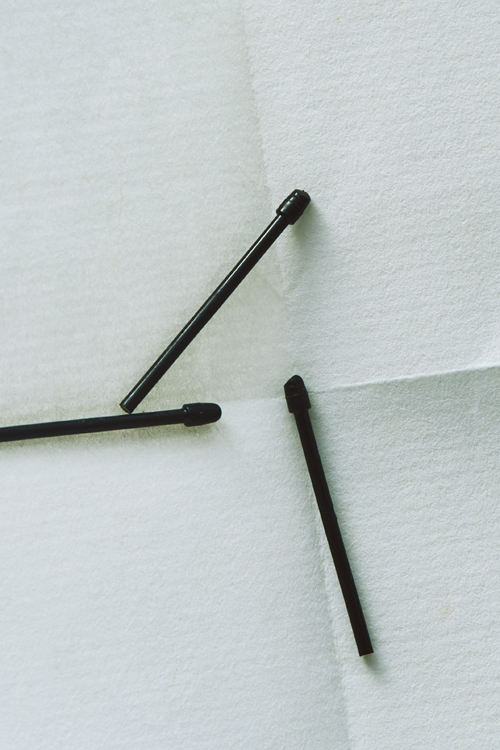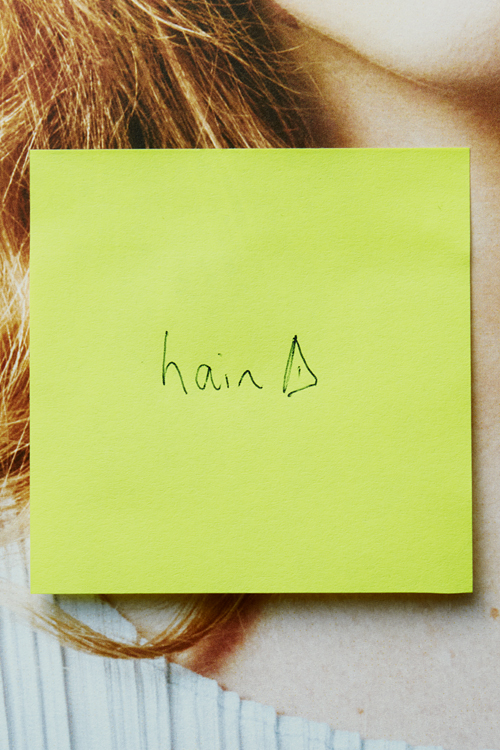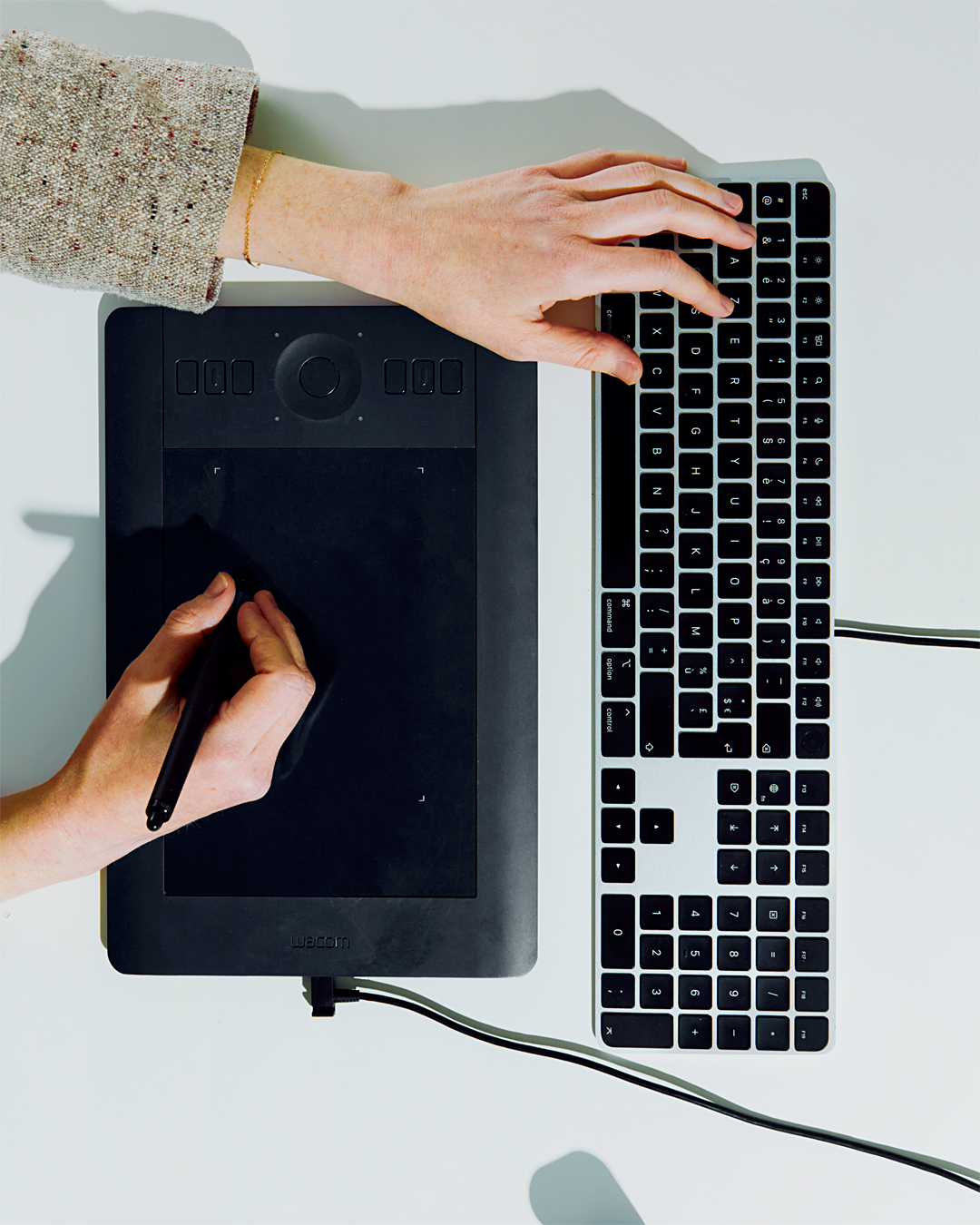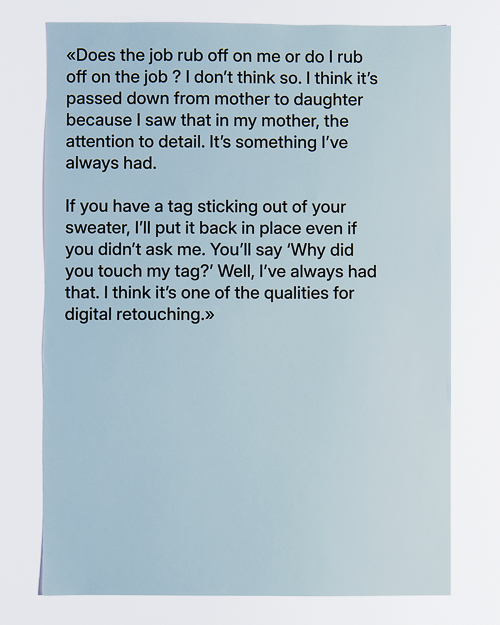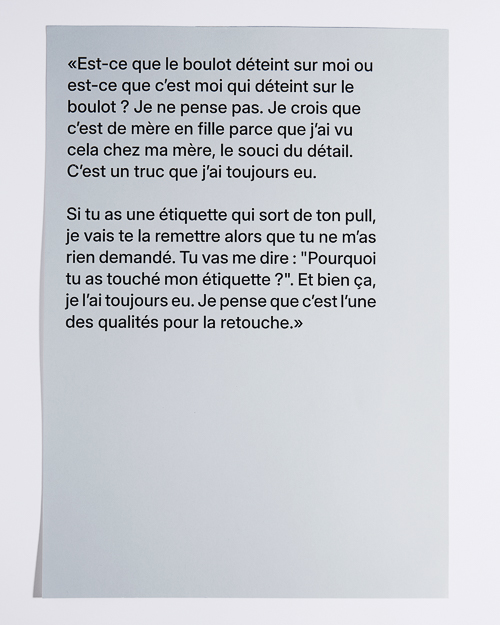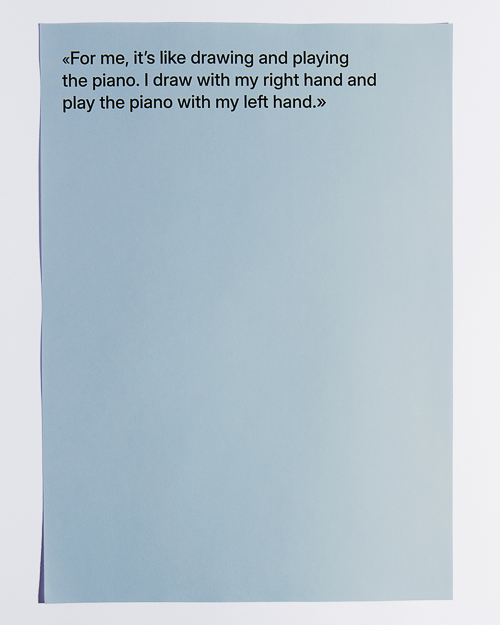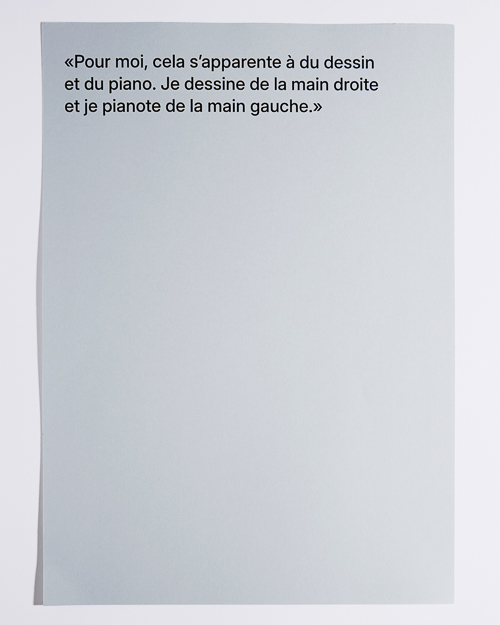— Calques
Layers
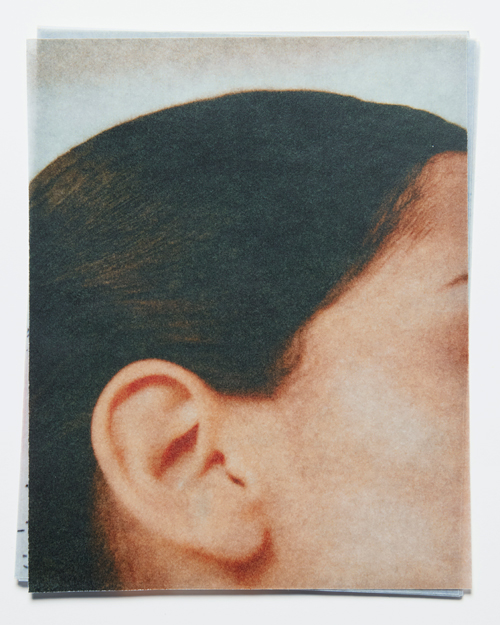
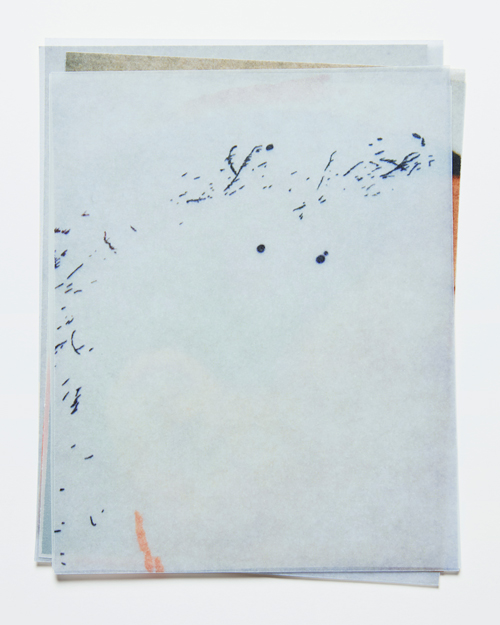
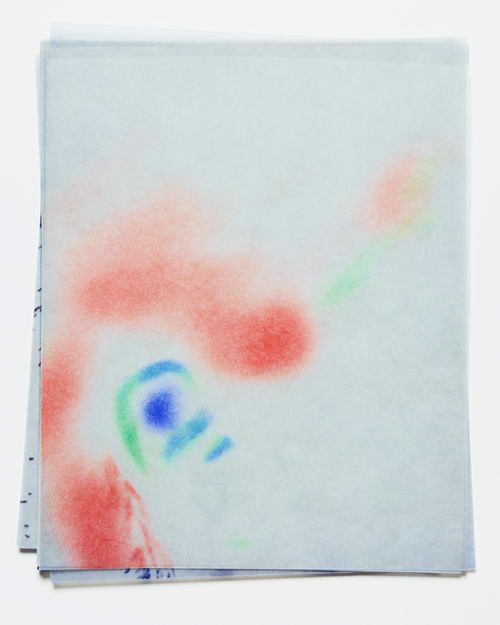
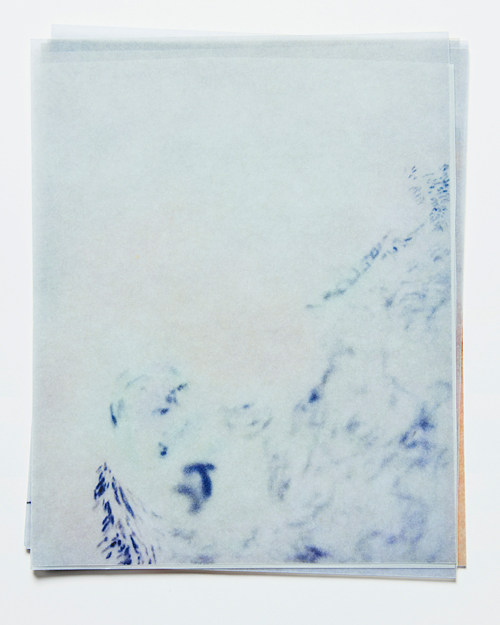
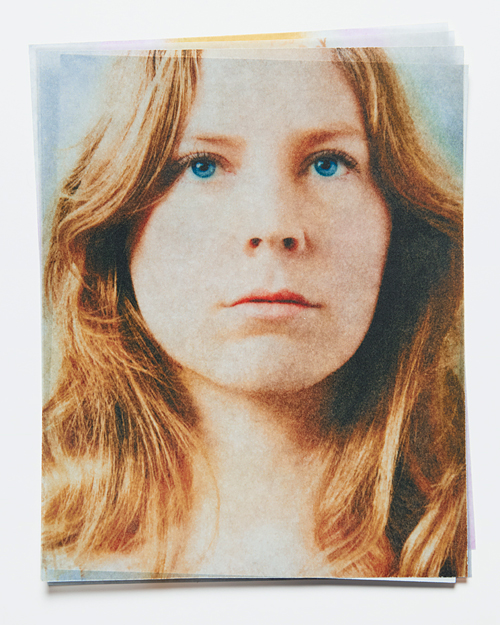
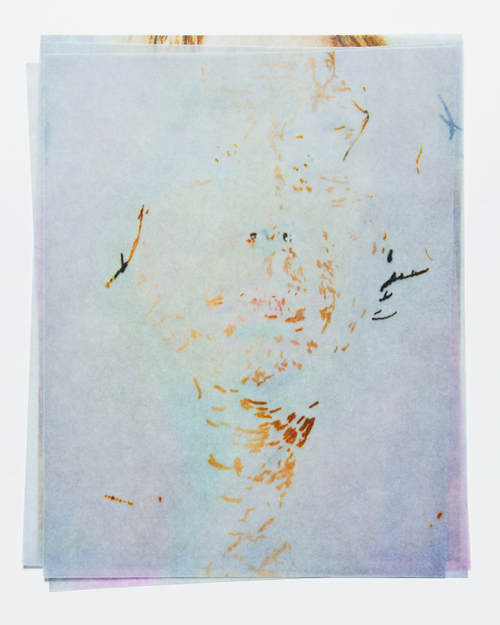
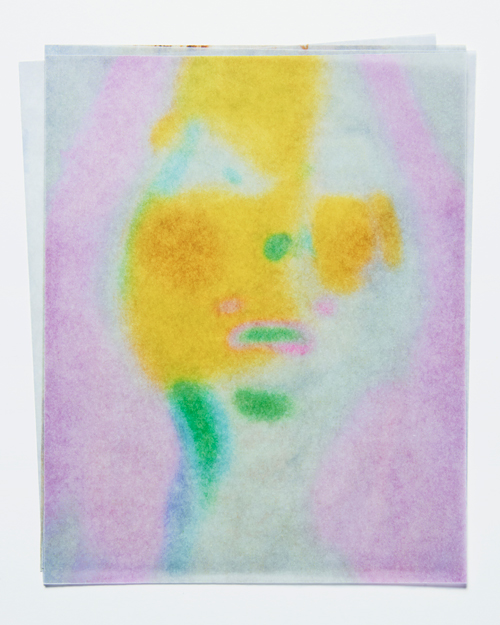

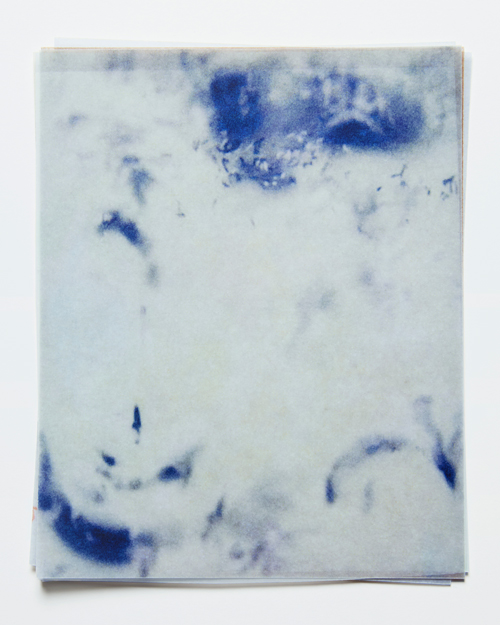
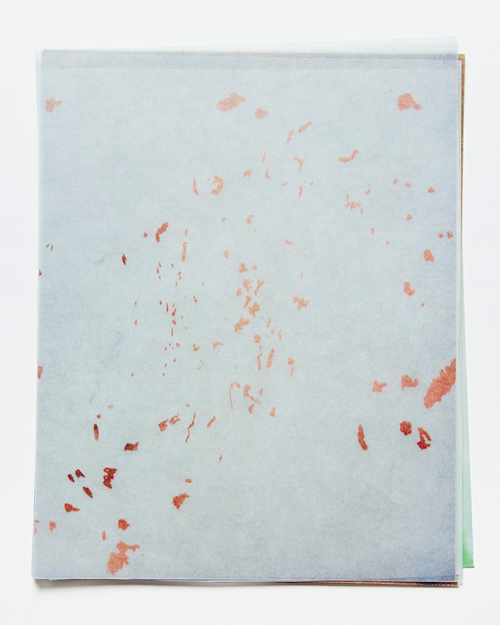
« Calques » est une plongée dans l'invisible.
Derrière chaque image parfaite, une présence humaine reste dans l'ombre. Ces strates cachées, que le regard ne saisit pas mais que la main trace patiemment, sont mises en lumière. Les retouches photos, dissociées des images d'origine, sont imprimées sur papier, offrant une matérialité à ce qui naît dans le virtuel.
Dans un monde où la retouche numérique est omniprésente et de plus en plus automatisée par des intelligences artificielles, des gestes humains persistent, ceux des retoucheurs. L’épiderme, le poil, l’émail, les cheveux sont façonnés avec précision. Ce sont ces gestes presque insignifiants, répétés jour après jour, qui transforment les images. Ce projet capte le rythme doux et méticuleux de ce travail, loin de la rapidité associée à la technologie.
Dans cet univers dominé par l'automatisation croissante, quel espace reste-t-il pour la lenteur, l'humain, l'ordinaire ? Derrière cette pratique quasi-artisanale se dessine un paradoxe : comment concilier l'art du geste, tendu vers la perfection, avec les altérations opérées sur les images, dans une société où la modification de la réalité soulève de nouvelles questions.
Derrière chaque image parfaite, une présence humaine reste dans l'ombre. Ces strates cachées, que le regard ne saisit pas mais que la main trace patiemment, sont mises en lumière. Les retouches photos, dissociées des images d'origine, sont imprimées sur papier, offrant une matérialité à ce qui naît dans le virtuel.
Dans un monde où la retouche numérique est omniprésente et de plus en plus automatisée par des intelligences artificielles, des gestes humains persistent, ceux des retoucheurs. L’épiderme, le poil, l’émail, les cheveux sont façonnés avec précision. Ce sont ces gestes presque insignifiants, répétés jour après jour, qui transforment les images. Ce projet capte le rythme doux et méticuleux de ce travail, loin de la rapidité associée à la technologie.
Dans cet univers dominé par l'automatisation croissante, quel espace reste-t-il pour la lenteur, l'humain, l'ordinaire ? Derrière cette pratique quasi-artisanale se dessine un paradoxe : comment concilier l'art du geste, tendu vers la perfection, avec les altérations opérées sur les images, dans une société où la modification de la réalité soulève de nouvelles questions.
« Calques » is an exploration of the invisible.
Behind every perfect image, a human presence remains in the shadows. These hidden layers, unnoticed by the eye but carefully traced by hand, are brought to light. The photo retouches, separated from the original images, is printed on paper, offering materiality to what is born in the virtual.
In a world where digital retouching is ubiquitous and increasingly automated by artificial intelligence, human gestures still persist, those of the retouchers. Skin, hair, enamel and details are shaped with meticulous precision. It is these small, repetitive actions, performed daily, that transform the images. This project captures the slow, deliberate pace of this work, far from the speed associated with technology.
In this universe dominated by growing automation, what space remains for slowness, humanity, and the ordinary ? Behind this artisanal practice, a paradox emerges : how can the art of gesture, which seeks perfection, coexist with the impact of alterations made to the images, in a society where the modification of reality raises new questions.
Behind every perfect image, a human presence remains in the shadows. These hidden layers, unnoticed by the eye but carefully traced by hand, are brought to light. The photo retouches, separated from the original images, is printed on paper, offering materiality to what is born in the virtual.
In a world where digital retouching is ubiquitous and increasingly automated by artificial intelligence, human gestures still persist, those of the retouchers. Skin, hair, enamel and details are shaped with meticulous precision. It is these small, repetitive actions, performed daily, that transform the images. This project captures the slow, deliberate pace of this work, far from the speed associated with technology.
In this universe dominated by growing automation, what space remains for slowness, humanity, and the ordinary ? Behind this artisanal practice, a paradox emerges : how can the art of gesture, which seeks perfection, coexist with the impact of alterations made to the images, in a society where the modification of reality raises new questions.
Tools and quotes
